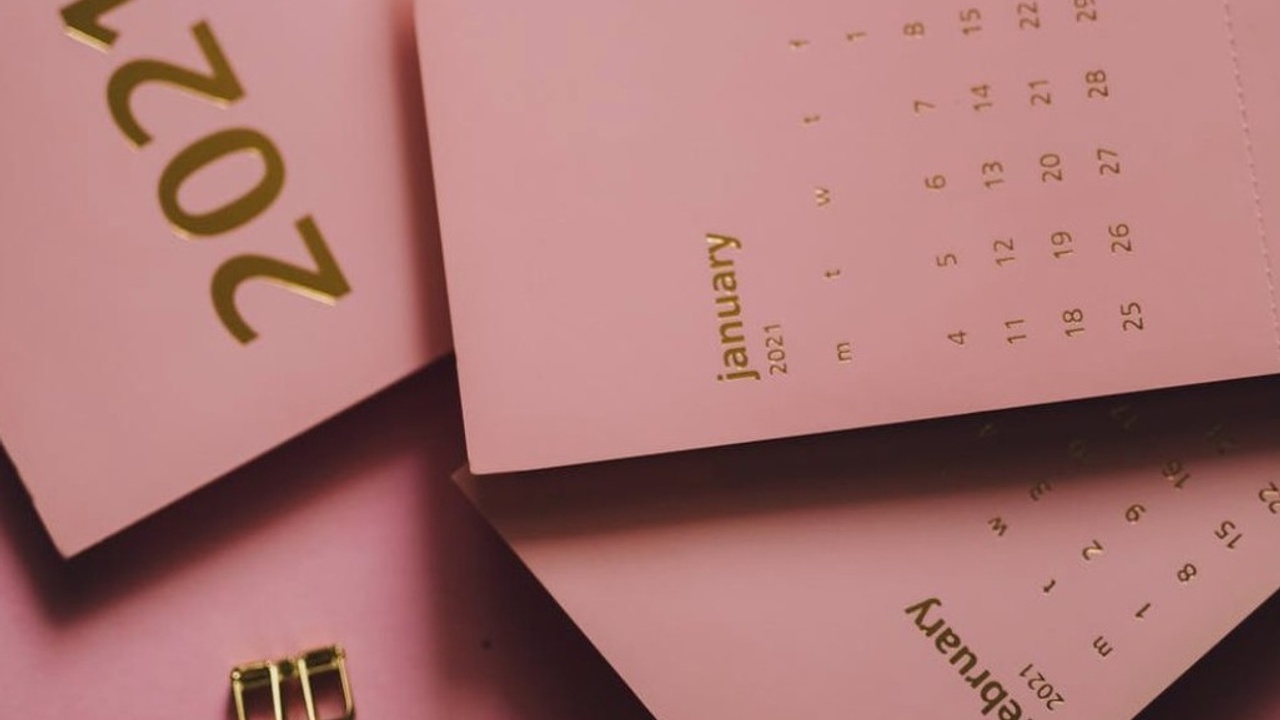My PDA neurobiology.
Jul 29, 2021

I'm up at 5am this morning.
I have an appointment in the city and it's at a new address I haven't been to before.
This means that I get up early, google the address over coffee to check out some images of the building and its surroundings, places to park and how long it takes to get there.
I don't do it the night before, or a few days before and I don't look at it too long.
This is because I have a demand avoidant brain (PDA) and I've learnt a few things over the years about what works for me.
It is really important to know the difference between being autistic and PDA autistic as there are several differences in the way my brain perceives my environment and how it files and stores that information.
If I were to look into directions, and google images last night, or even a few days or weeks before, my anxiety would be increased.
I would suffer for days and not sleep as my PDA neurobiology came up with a range of ways to prevent me from going to the appointment.
I've learnt to communicate safety in a "no big deal" approach by having a quick look at it all, and the getting on with the things that communicate to my brain that I am safe.
I don't give my PDA nature too much time to dwell on things.
After a quick glance at the maps and the building and surrounds, I get straight into drinking my morning coffee and jumping on social media to see how everyone is going-familiar faces, reading the writing of autistic friends and colleagues and engaging with my regular morning ritual.
I give myself time. Time to relax, enjoy the morning and "feel" how I normally would of a morning. This environment sends the message of safety through my sensory systems; the fastest and most effective way to communicate with my PDA brain without using words and bypassing conscious thought.
When I'm in the city, I'll make time to look around at the buildings and tell myself how amazing it all is; breathtaking. I won't necessarily mean it, but those thoughts at that time will cement that experience so my threat response isn't as activated the next time I visit. I'll walk slowly and take in all the positives, making a mental note of them all and I'll focus on those things while I'm waiting for my name to be called in the waiting room.
Each time after that, it will get easier and easier and my brain will automatically associate the good stuff with the environment and it will become safe.
There was a time (at least 35 years) where I did this differently.
PDA meant I'd avoid the entire thing. Then I'd leave late. Then I'd not know where to go or where to park. PDA meant that I couldn't take a map or use a GPS.
By the time I got to where I was going, I'd be on the edge of a meltdown and by the time I got home, explosive.
That anxiety though. That anxiety.
A full-body, full-being, painful experience.
Up until two years ago, I suffered from chronic anxiety. I experienced severe gastrointestinal disease and autoimmune conditions, skin conditions and chronic ongoing pain.
I had no idea I was anxious as that was the only experience I'd ever had in life and had nothing to compare it to.
Forty years of age, forty years of chronic anxiety and poor health-related to my threat response being consistently activated, my body being flooded with cortisol (stress hormone) and the adrenaline was enough.
I was terrified but felt defeated and agreed to try an anti-anxiety medication.
It changed my life.
My pain went away. My skin began to clear. My autoimmune conditions went into remission and today I can do all the things I do because I am no longer anxious.
Does my anti-anxiety medication help with PDA? No.
I'm still demand avoidant.
But with my anxiety reduced, I'm able to be calm and still enough to explore other tools for myself.
In my program, inTune with PDA, I touch on every topic, tool, approach, tell stories from my own life as a PDAer, a wife to a PDAer and Mama to little PDAers.
The program can be funded with NDIS or you can make a donation to access the content.
We'll go on a journey together and I'll be available to support you throughout the 12 weeks with fortnightly live Q and A connect sessions.
Just visit www.kristyforbes.com.au/PDA to register for the next round (if currently open). If not open, we will notify you as to when the next round is opening up again.
Anyway, I'm off to drink my coffee and enjoy my morning before heading off for my appointment in the city.
- KF